Bringing together the largest group of Van Gogh paintings shown in the UK for nearly a decade, The EY Exhibition: Van Gogh and Britain will include over 45 works by the artist from public and private collections around the world.
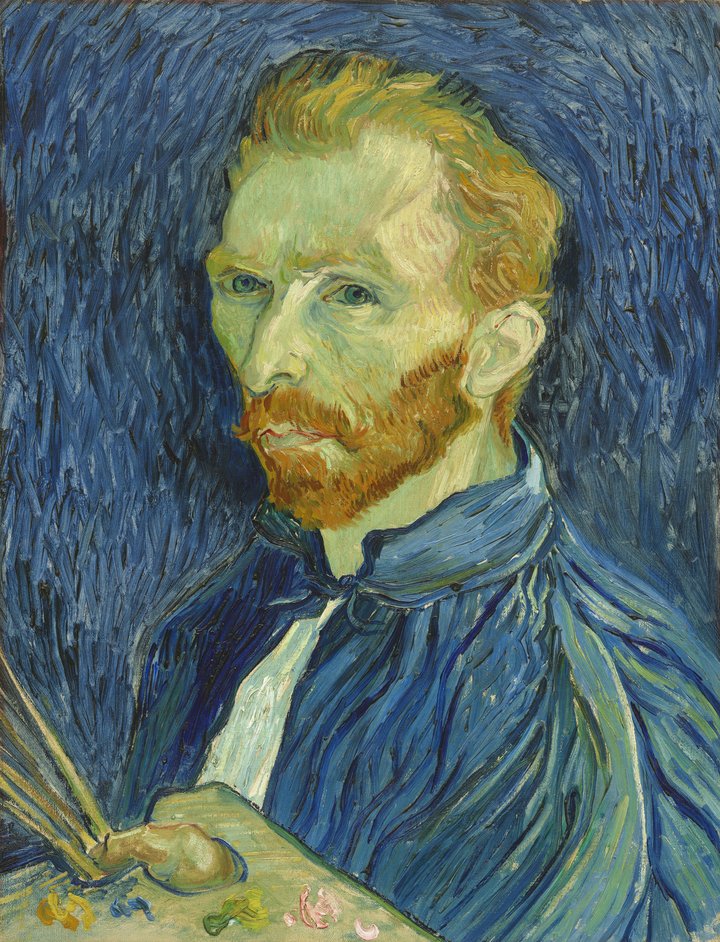

L'Arlésienne 1890 from Museu de Arte de São Paolo,
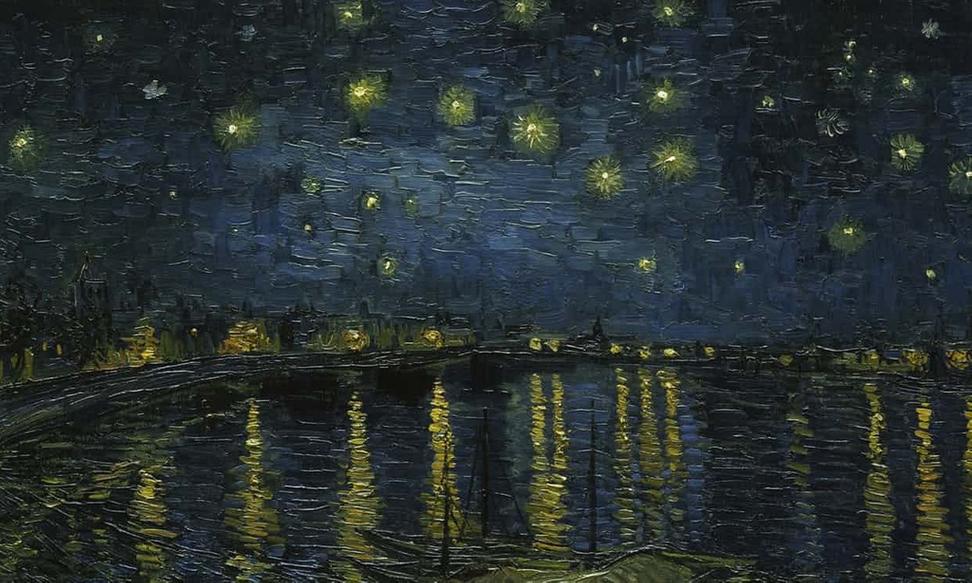
Starry Night on the Rhône 1888 from the Musée d’Orsay, Paris,
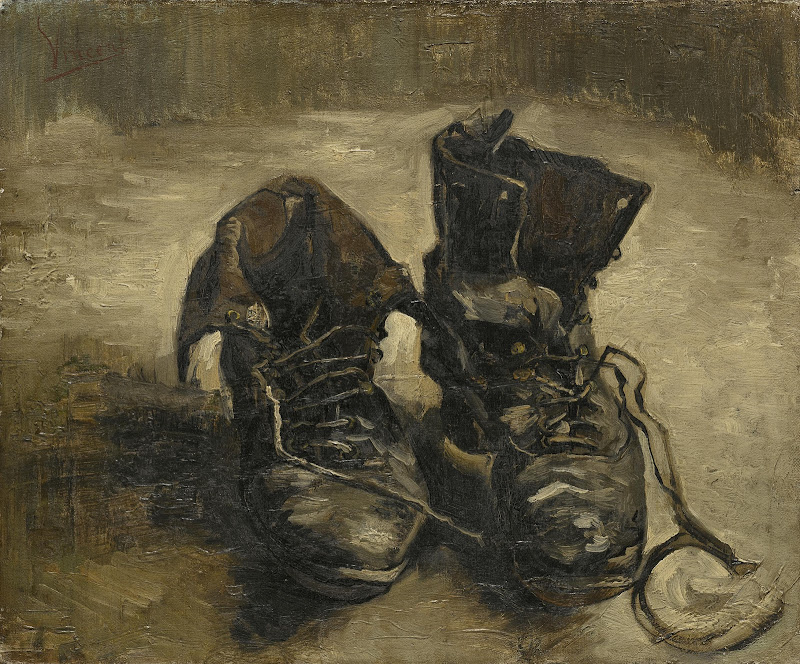
Shoes from the Van Gogh Museum, Amsterdam,
and the rarely loaned Sunflowers 1888 from the National Gallery, London.
The exhibition will also feature late works including two painted by Van Gogh in the Saint-Paul asylum,
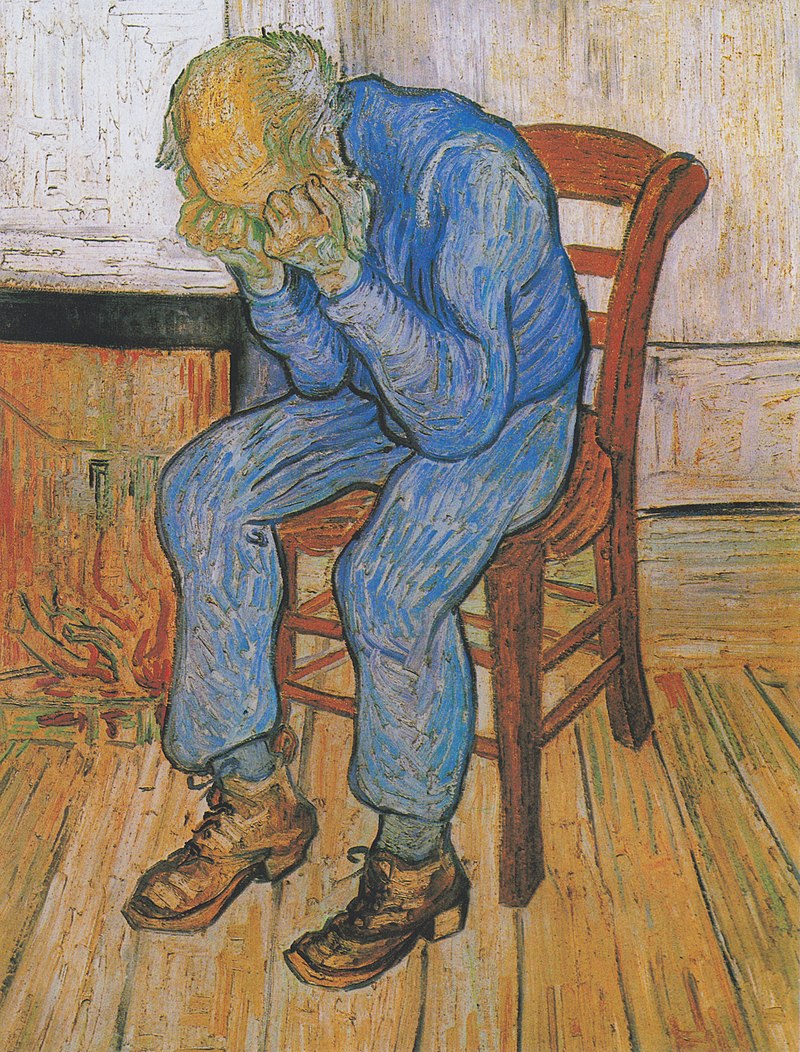
At Eternity’s Gate 1890 from the Kröller-Müller Museum, Otterlo
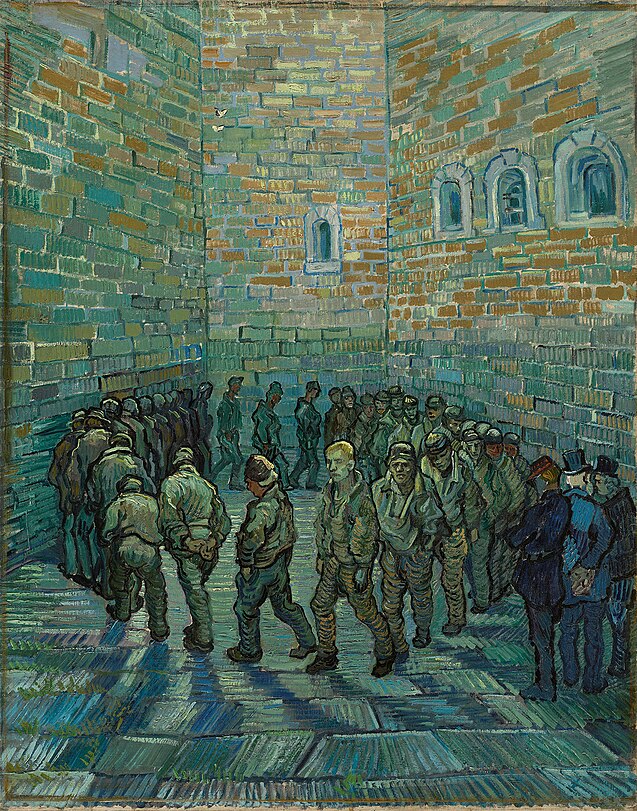
and Prisoners Exercising 1890 from the Pushkin State Museum of Fine Arts, Moscow.
Van Gogh spent several crucial years in London between 1873 and 1876, writing to his brother Theo, ‘I love London’. Arriving as a young trainee art dealer, the vast modern city prompted him to explore new avenues of life, art and love.
The exhibition will reveal Van Gogh’s enthusiasm for British culture during his stay and his subsequent artistic career. It will show how he responded to the art he saw, including works by John Constable and John Everett Millais as well as his love of British writers from William Shakespeare to Christina Rossetti. Charles Dickens in particular influenced Van Gogh’s style and subject matter throughout his career.

L'Arlésienne 1890, a portrait he created in the last year of his life in the south of France, features a favourite book by Dickens in the foreground.
The exhibition will also explore Van Gogh’s passion for British graphic artists and prints. Despite his poverty, he searched out and collected around 2,000 engravings, most from English magazines such as the Illustrated London News. ‘My whole life is aimed at making the things from everyday life that Dickens describes and these artists draw’ he wrote in his first years as a struggling artist. He returned to these prints in his final months, painting his only image of London, Prisoners Exercising, from Gustave Doré’s print of Newgate Prison.
Tracing Van Gogh from his obscure years in London to the extraordinary fame he achieved in Britain in the 1950s, the exhibition will show how his uncompromising art and life paved the way for modern British artists like Matthew Smith, Christopher Wood and David Bomberg.

Study for a Portrait of Van Gogh I by Francis Bacon 1956 Oil on canvas, 154.1 x 115.6 cm Collection: Sainsbury Cen.

Francis Bacon, Study for Portrait of Van Gogh III, 1957, Hirschorn Museum

Francis Bacon
Study for Portrait of Van Gogh IV1957 Tate
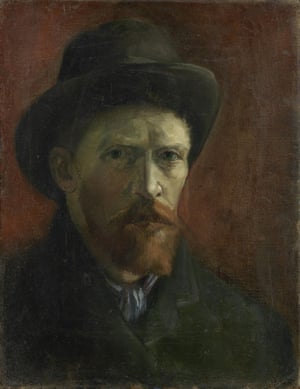
Self-Portrait with Felt Hat, an 1887 painting by Van Gogh, which will form part of the Van Gogh and Britain exhibition. Photograph: Van Gogh Museum/PA
The exhibition will provide an opportunity to look afresh at well-known works by Van Gogh, through the eyes of the British artists he so inspired. To artists like Bacon, and the British public at large, Van Gogh epitomised the idea of the embattled, misunderstood artist, set apart from mainstream society.
The EY Exhibition: Van Gogh and Britain is organised by lead curator Carol Jacobi, Curator of British Art 1850-1915, Tate Britain and Chris Stephens, Director of Holburne Museum, Bath with Van Gogh specialist Martin Bailey and Hattie Spires, Assistant Curator Modern British Art, Tate Britain.
It will be accompanied by a major catalogue from Tate Publishing and a programme of talks and events in the gallery.